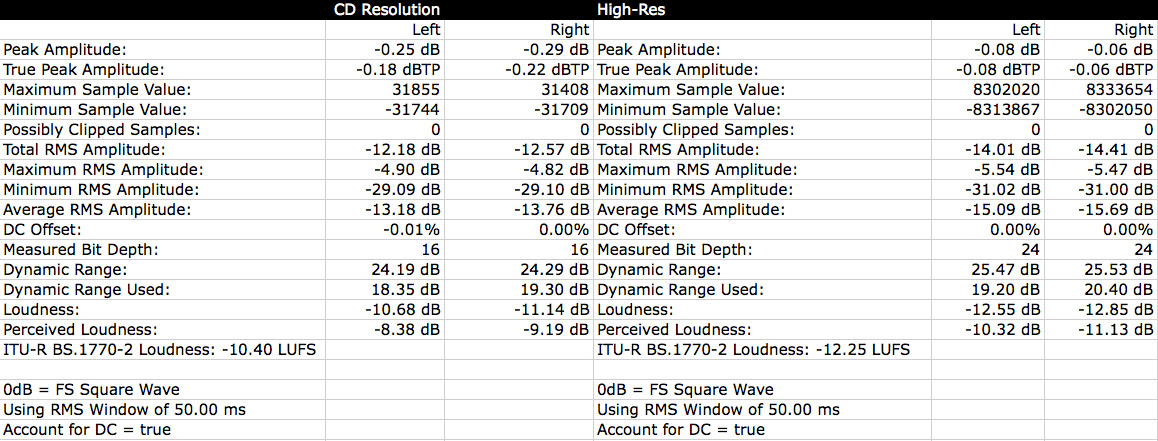kova4a
Headphoneus Supremus
- Joined
- Aug 21, 2010
- Posts
- 4,469
- Likes
- 1,163
Not true. Watch this (great info anyway), 10K-12K max compared to about 22K. We aren't meant to hear the recording media noise if reproducing the live session
You're mixing up dynamic range with frequency response. The dynamic range compression was introduced in the so-called loundness wars in order to make stuff sound louder on the crappy audio gear that the average consumer uses and is continuing to this date. It has nothing to do with the resolution of the file or anything.
A visual example is what HDR does in photography

When you have low dynamic range in audio you lose all micro details and everything sounds compressed and unrealistic. And that's a major issue in digital audio as you have hdtracks, tidal hi-res and a whole new emerging industry pushing you more expensive content that has no benefits compared to a standard CD. It sounds exactly the same because the compression during the mastering has ruined the audio information inside that could benefit a 24-bit playback - It can't be recovered.
And that's why a lot of people still hang on to stuff like vinyl - not hipsters but actual audiophiles who know their stuff and can't stand crappy audio being presented as the greatest thing ever.
Last edited:





















